Your cart is currently empty!
How to Wash Vintage Clothes: A Complete Guide
Taking care of vintage clothes is an art in itself. These timeless pieces carry stories from the past, and with proper care, they can continue to shine for years to come. Whether you’re new to collecting or a seasoned vintage enthusiast, knowing how to wash vintage clothes is essential to preserve their unique charm and delicate fabrics.
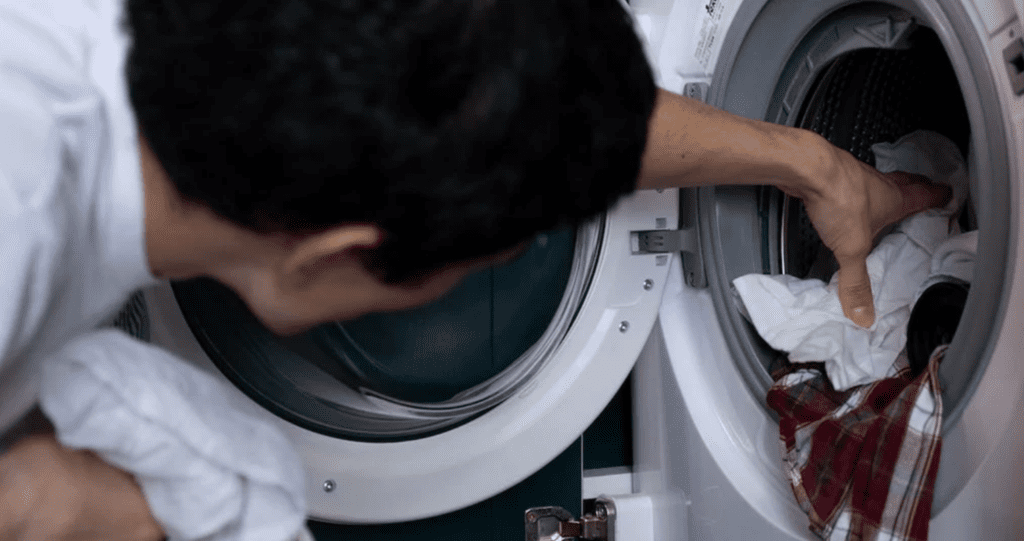
Why Proper Washing Matters
Vintage garments are often made with materials and dyes no longer in use today. Unlike modern clothing, they lack synthetic reinforcements, making them more prone to damage if handled incorrectly. Proper washing not only maintains the integrity of the fabric but also ensures vibrant colors and designs remain intact.
Step-by-Step Guide: How to Wash Vintage Clothes
1. Read the Labels (If Present)
Many vintage garments will have washing instructions on the tags, but some may not. If a label is missing or unreadable, consider the fabric type and its likely care requirements.
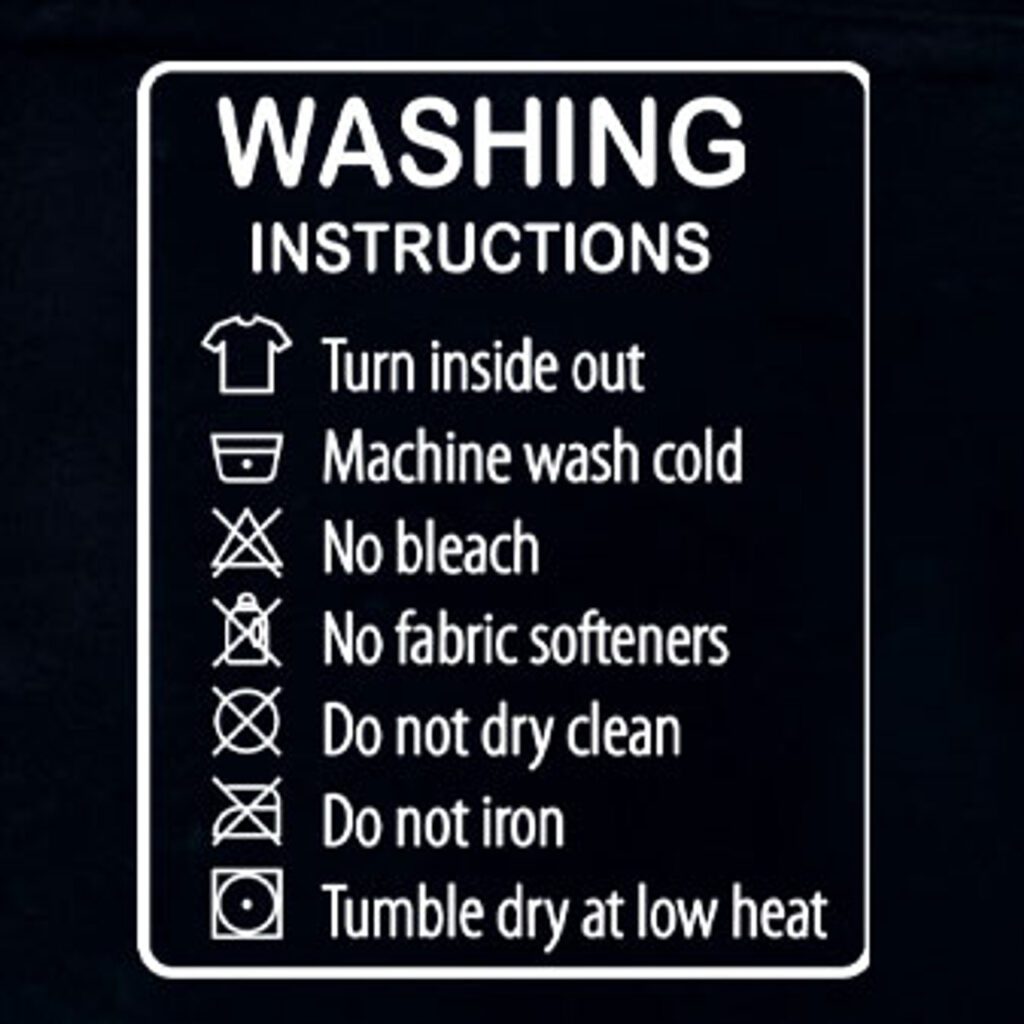
2. Test for Colorfastness
Before submerging an item, test its dye stability by dampening a small, hidden area and blotting it with a white cloth. If color transfers, avoid washing and opt for spot cleaning or professional dry cleaning.
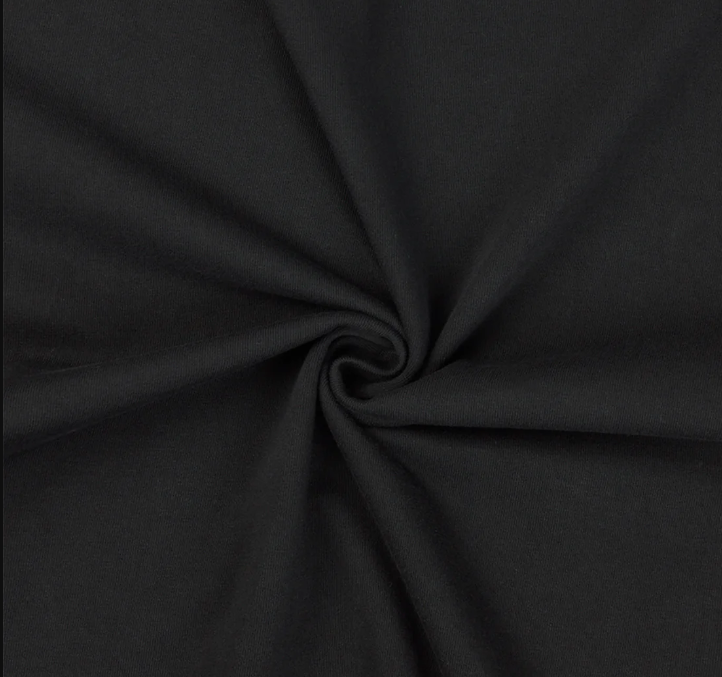
3. Hand Wash When in Doubt
- Hand washing is the safest option for most vintage clothing:
- Let it soak for 5–10 minutes before lightly swirling to release dirt.
- Fill a basin with lukewarm or cold water.
- Add a small amount of mild detergent or a product designed for delicates.
- Gently agitate the water and submerge the garment.
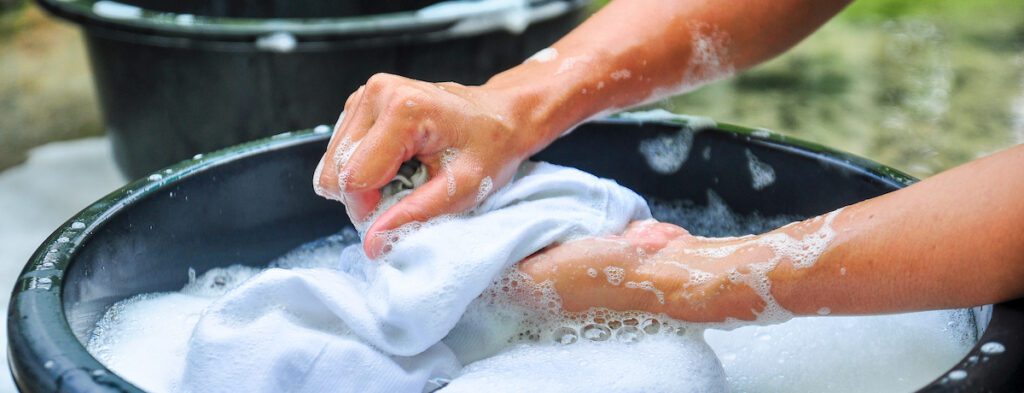
4. Avoid Harsh Detergents and Bleach
Harsh chemicals can degrade delicate fabrics or cause discoloration. Stick to detergents free of dyes and fragrances.
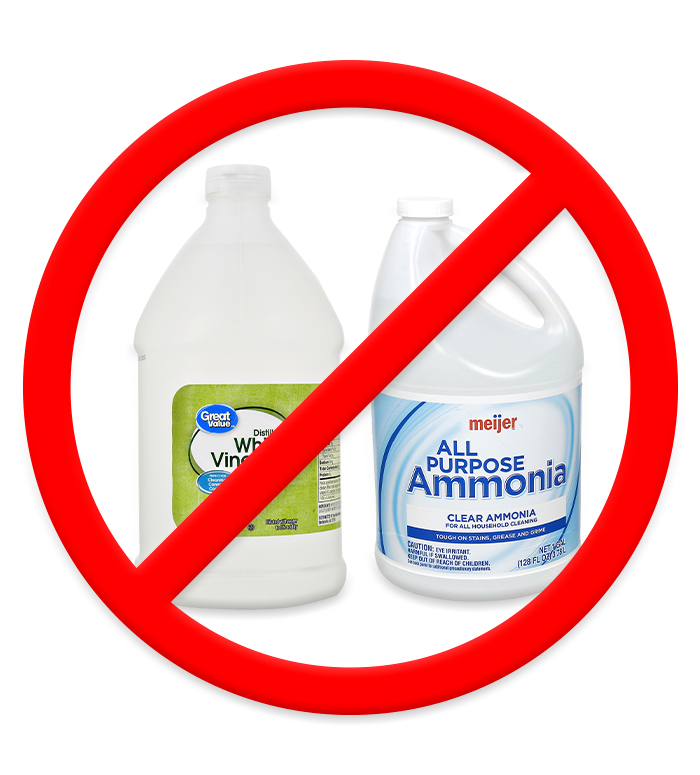
5. Rinse Thoroughly
Rinse the garment under cold running water until the water runs clear. Be gentle, as wringing the fabric can weaken fibers or cause tears.
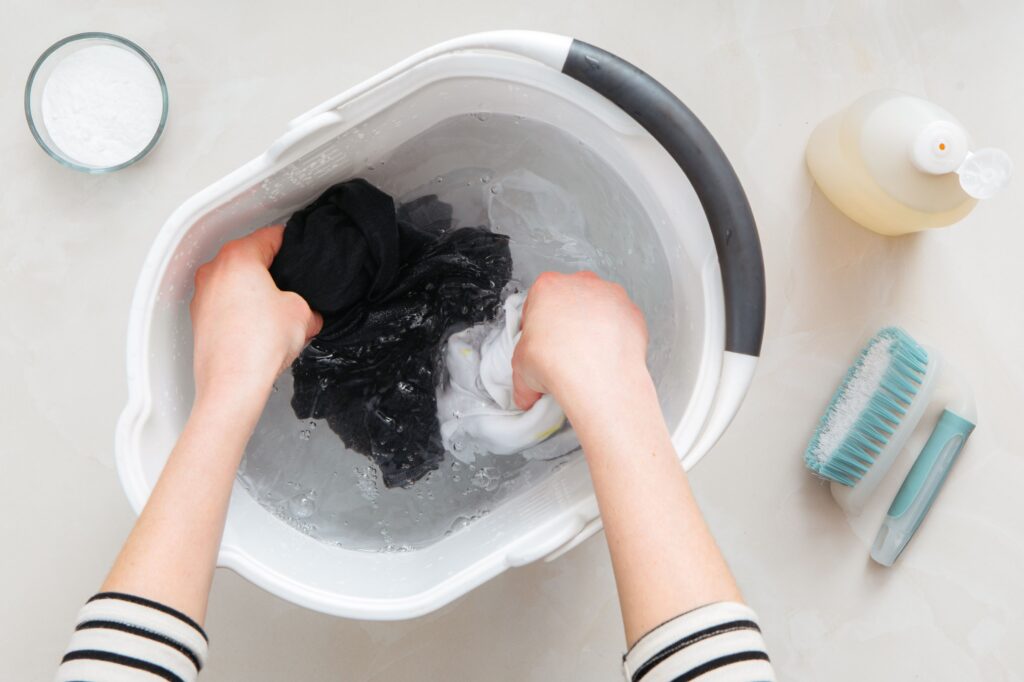
6. Dry with Care
Air drying is key:
- Lay the item flat on a towel and roll it up to remove excess water.
- Reshape the garment and lay it flat on a drying rack away from direct sunlight to prevent fading.
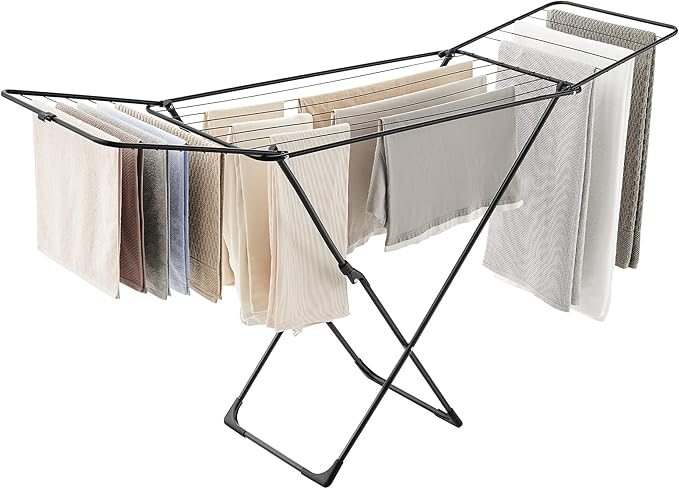
Special Considerations for Different Fabrics
- Cotton and Linen: These materials can handle slightly more agitation but still benefit from hand washing.
- Silk and Satin: Always use cold water and avoid prolonged soaking.
- Wool: Use cool water and specialized wool detergent to prevent shrinkage.
- Delicate Embellishments: Beads, sequins, and embroidery should never be soaked. Use a damp cloth to spot clean.
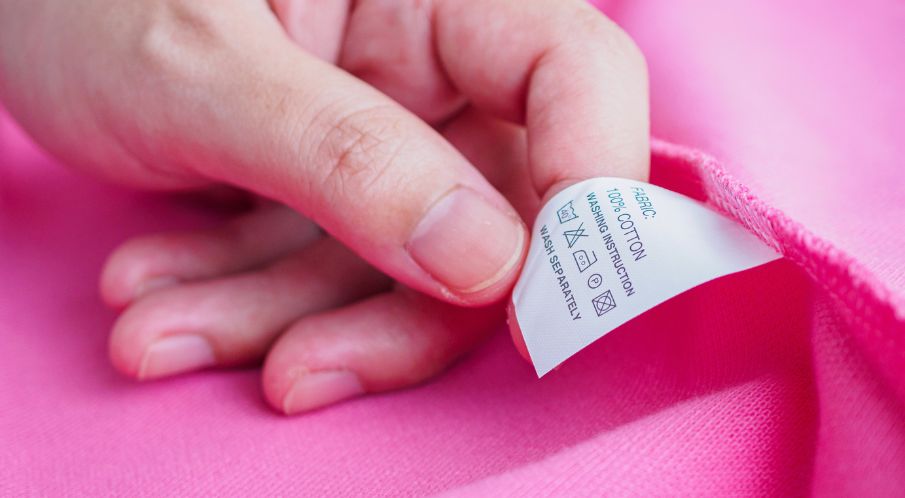
What About Stubborn Stains?
For stains on vintage clothes, act quickly:
- Dab (don’t rub) the stain with a soft cloth and a mixture of water and mild detergent.
- For tougher stains, consider consulting a professional cleaner experienced in vintage fabrics.
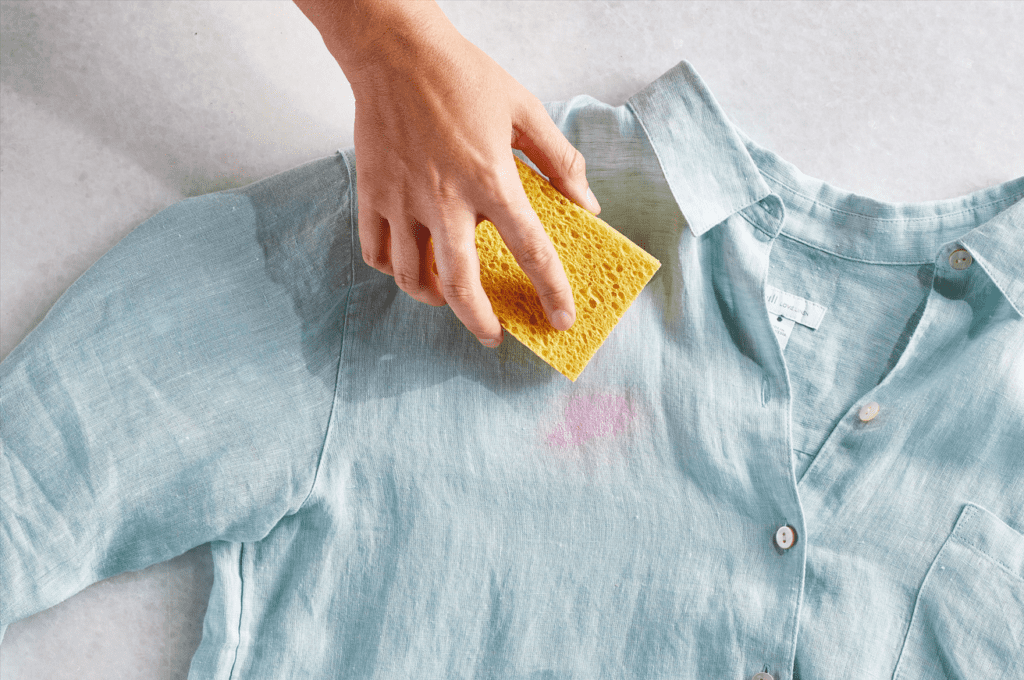
Storing Vintage Clothes After Washing
Proper storage is just as important as washing:
- Avoid hanging delicate items, as this can stretch the fabric.
- Use acid-free tissue paper to fold and store items in a cool, dry place.
- Keep away from plastic bags, as they can trap moisture and lead to mildew.
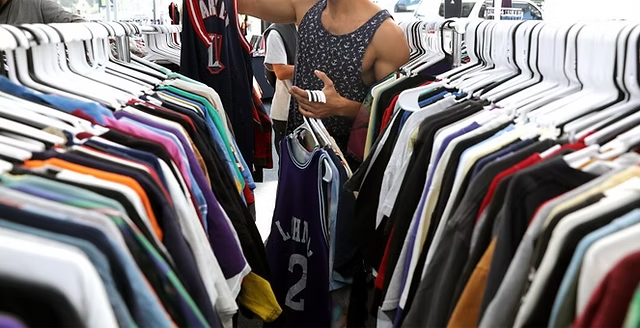
Final Thoughts
Knowing how to wash vintage clothes is crucial to maintaining their beauty and value. By following these steps, you can ensure your vintage wardrobe stays in top condition, ready to be worn or displayed with pride.
Preserving the past starts with the right care today. So, whether it’s your favorite vintage rap tee or a classic jacket from decades ago, treat your vintage clothes with the love they deserve.
